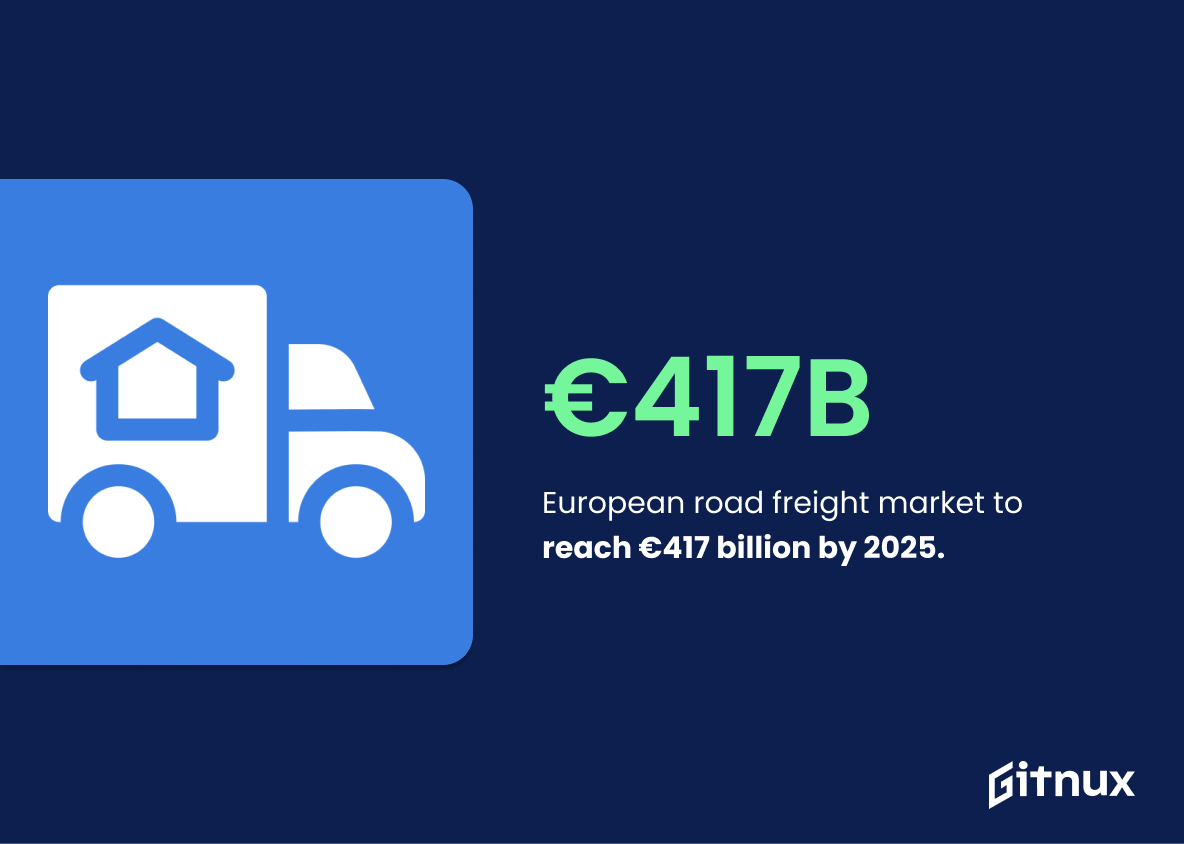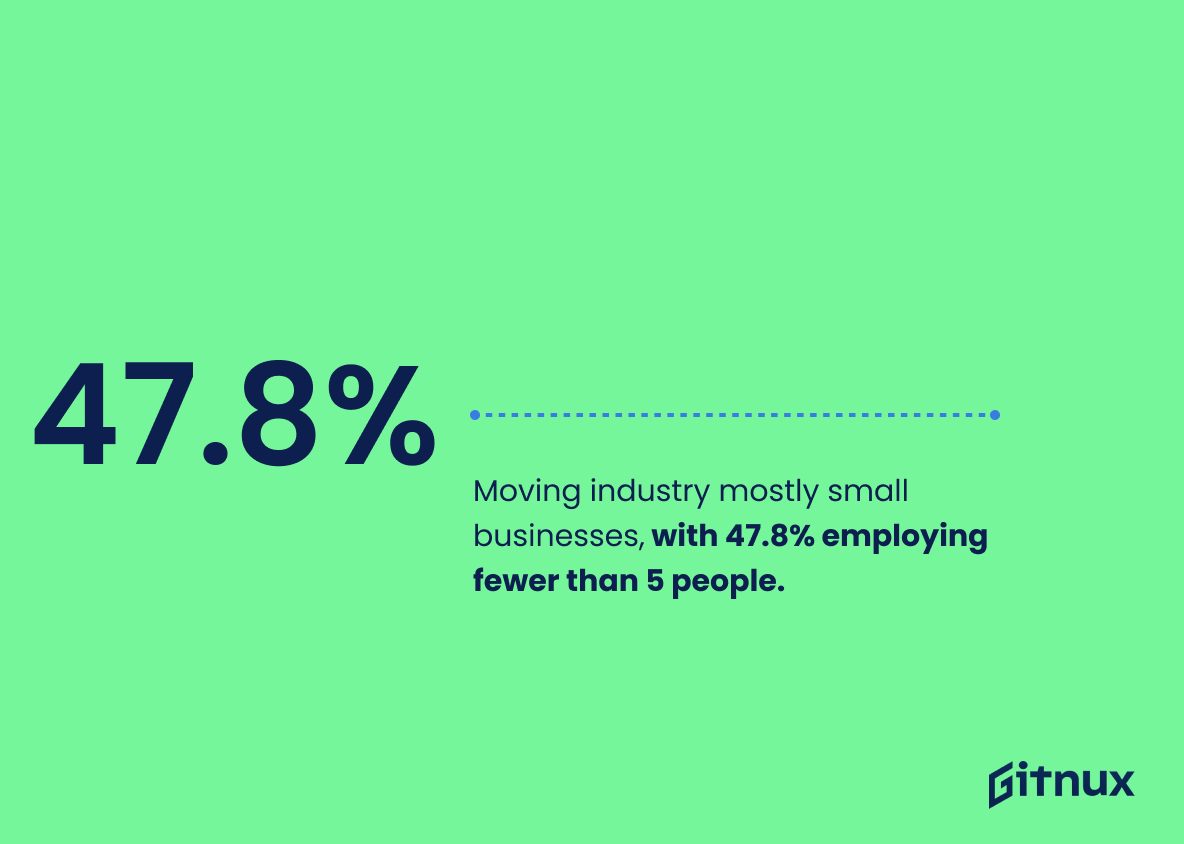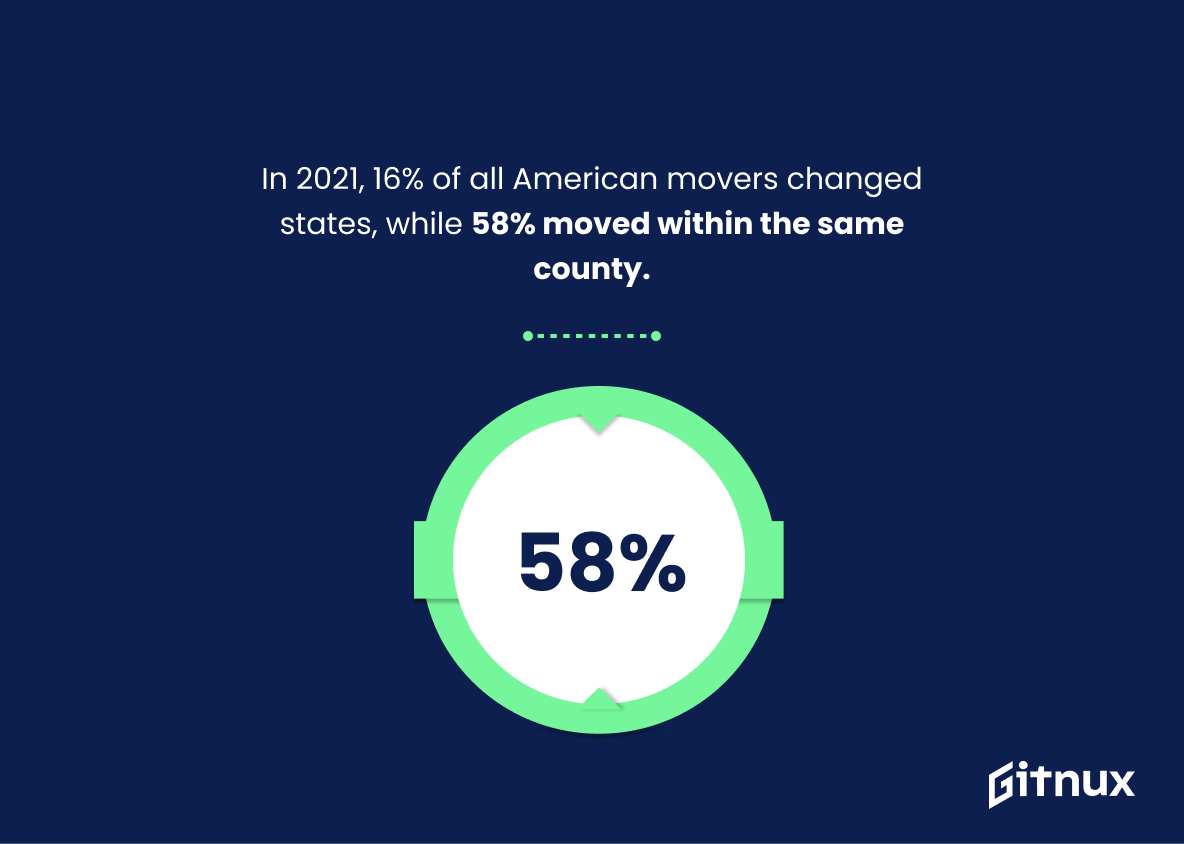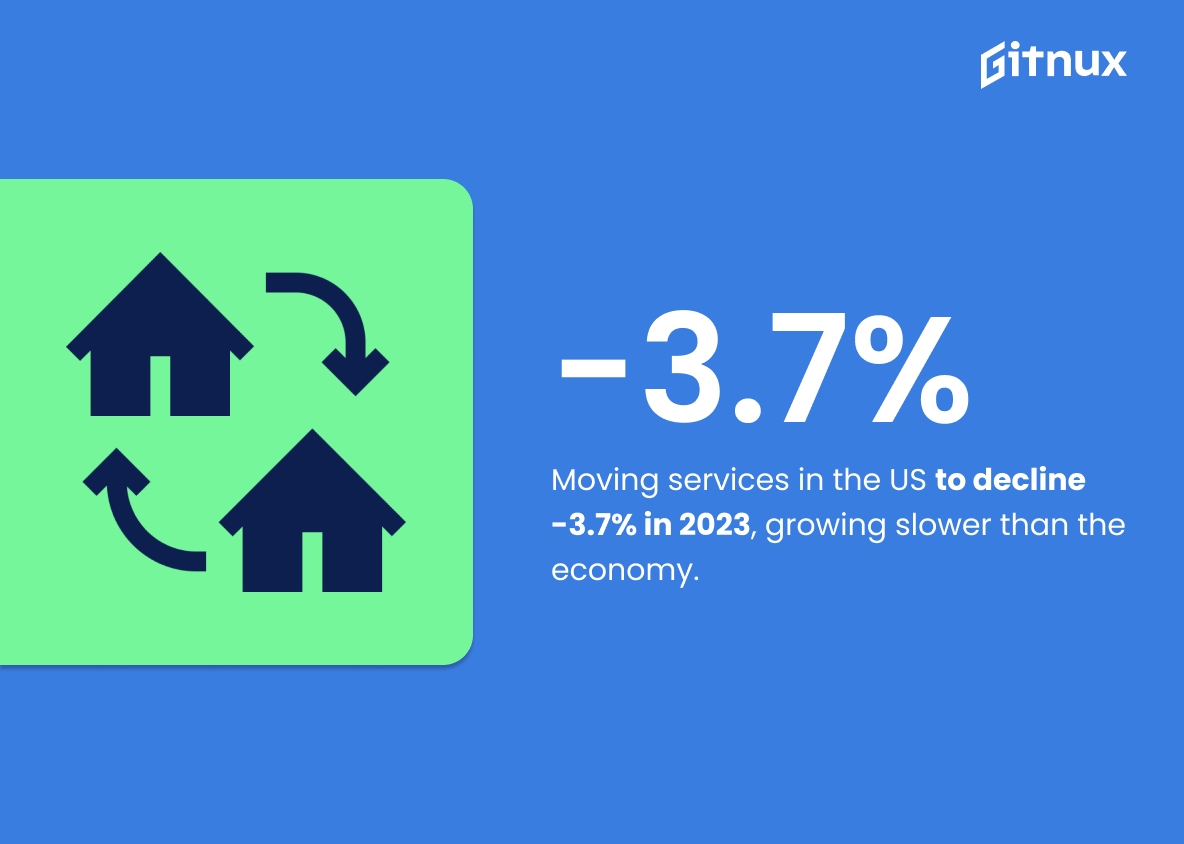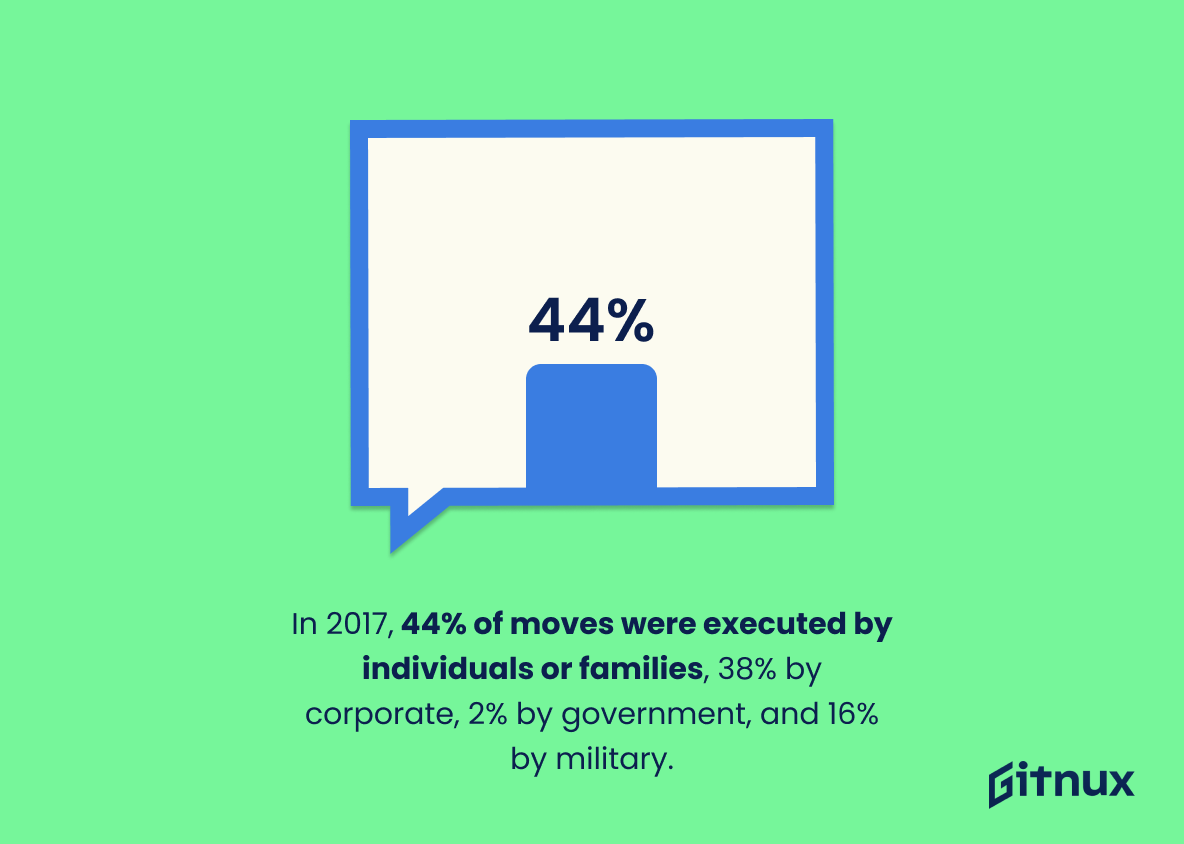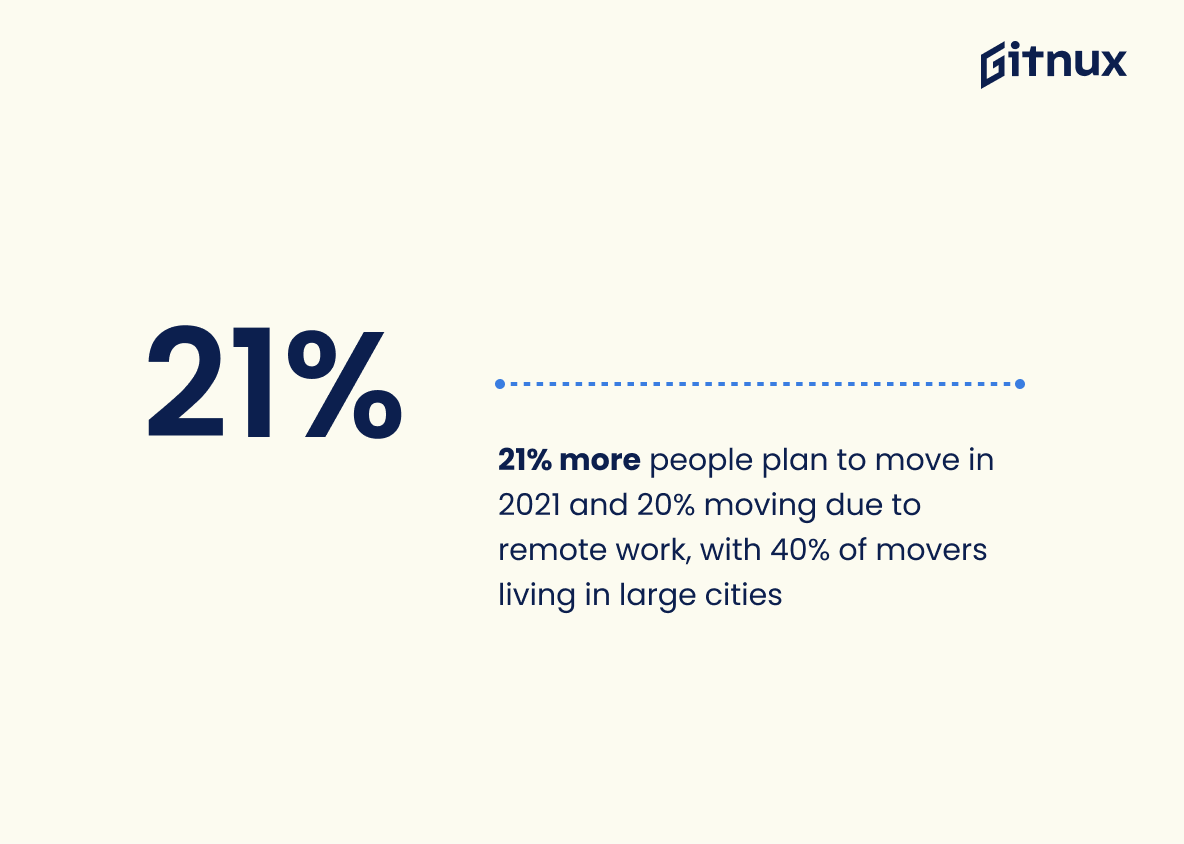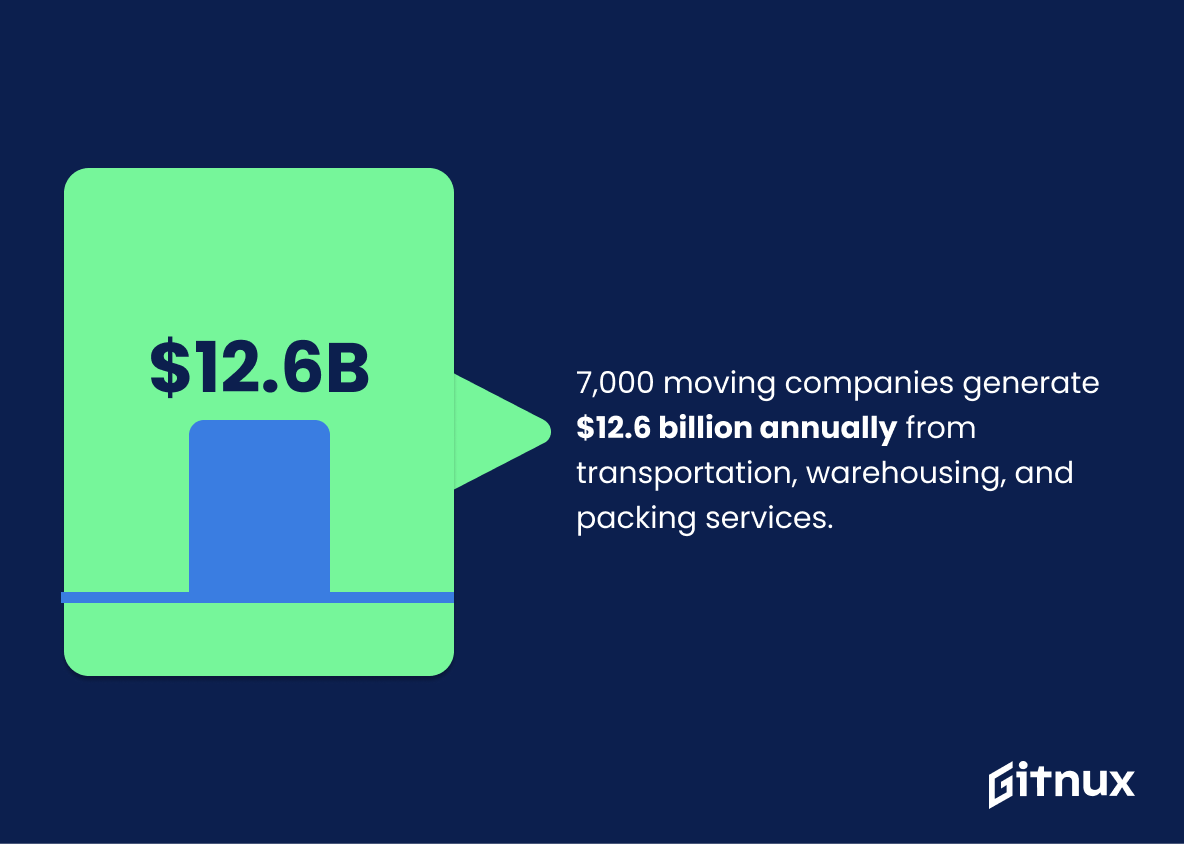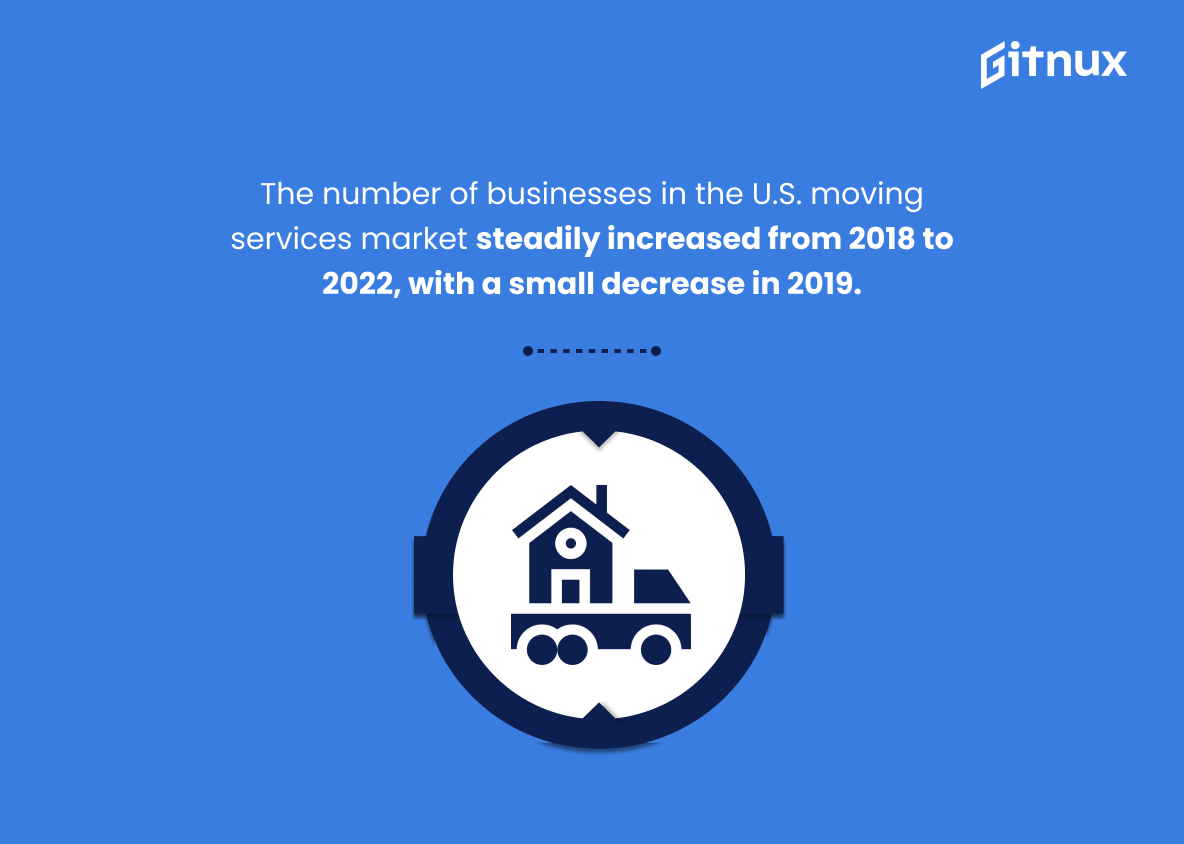Are you curious about the current state of the moving industry? It’s no secret that the moving industry is a competitive and ever-changing field. With new technologies and trends emerging every day, it can be hard to keep up with the latest developments.
In this blog post, we’ll take a look at some of the most interesting moving industry statistics to give you a better understanding of the industry. We’ll explore the size of the industry, the most popular services, and the most in-demand jobs. We’ll also discuss the impact of technology on the industry and how it’s changing the way people move. By the end of this post, you’ll have a better understanding of the moving industry and how it’s evolving.
Moving Industry: Most Important Statistics
In 2021, there were 6,473,000 Hand Laborer and Material Mover Jobs in the Moving Industry, with a median annual wage of $30,320.
21% more people plan to move in 2021 than moved in 2020, with 40% of movers living in large cities moving to a different type of community and 20% of respondents moving due to newly-instilled remote arrangements.
Moving Industry: Statistics Overview
The European road freight market is expected to grow from 324.5 billion euros in 2020 to 417 billion euros in 2025.
The sector is continuing to expand and is a sign of a healthy and growing industry.
The Moving Services Market in the US is the 18th largest Transportation and Warehousing industry and the 403rd largest industry overall, valued at $21.7billion in 2023.
This provides an indication of the size of the Moving Services Market in the US in comparison to other industries. It also provides an indication of the potential growth opportunities for the Moving Services Industry in the US.
The Moving Industry is composed of mostly small businesses, with 47.8% employing fewer than 5 people and only 8.5% employing 100 or more people.
The Moving Industry is largely composed of small businesses, which can have a significant impact on the local economy.
This can be beneficial for local economies, as small businesses often provide jobs and services that larger businesses may not be able to provide.
In 2021, there were 6,473,000 Hand Laborer and Material Mover Jobs in the Moving Industry, with a median annual wage of $30,320.
This provides an overview of the current job market in the Moving Industry. It shows that there is a high demand for these types of jobs, and that the median wage is relatively low.
This information is important for those considering entering the Moving Industry, as it provides an understanding of the job market and the wages that can be expected.
In 2021, 16% of all American movers changed states, while 58% moved within the same county.
The majority of moves are local, and the rate of Americans moving abroad is declining.
The Moving Services industry in the US is expected to decline -3.7% in 2023, growing slower than the economy overall at 1.1% per year on average between 2018 and 2023.
This provides insight into the current state of the Moving Services industry and the factors that are negatively affecting it, such as existing home sales and high competition.
In 2017, 44% of moves were executed by individuals or families, 38% by corporate, 2% by government, and 16% by military.
Idaho had the highest net gain of residents at 84.3%. This insight into who is moving and where they are moving to, allowing companies to better understand the needs of their customers and plan their services accordingly.
21% more people plan to move in 2021 than moved in 2020, with 40% of movers living in large cities moving to a different type of community and 20% of respondents moving due to newly-instilled remote arrangements.
This shows an increase in the number of people planning to move in 2021, which could lead to an increase in demand for moving services.
Additionally, it shows that many people are moving to different types of communities, likely due to remote arrangements, which could have an effect on the types of services that moving companies offer.
The Moving Industry consists of 7,000 companies operating at 13,900 locations with a fleet of 50,000 trucks, 32,000 tractor units and 18,000 straight trucks, generating an annual revenue of $12.6 billion, with 69.6%, 20.2% and 7.5% coming from local or long-distance transportation service, warehousing and storage services, and packing and packaging services respectively.
This provides a comprehensive overview of the size and scope of the industry, as well as the various services it provides and the revenue it generates.
It also highlights the importance of the three main services provided by the industry, which are local or long-distance transportation service, warehousing and storage services, and packing and packaging services.
The number of businesses in the U.S. moving services market steadily increased from 2018 to 2022, with a small decrease in 2019.
This is important as it shows the overall growth of the moving industry, despite a small decrease in 2019.
Conclusion
In conclusion, the moving industry is a rapidly growing industry with many opportunities for growth and success. With the right strategies, companies can capitalize on the growing demand for moving services and take advantage of the many opportunities available.
The data presented in this blog post shows that the moving industry is a lucrative one, with plenty of potential for growth and success. With the right strategies, companies can make the most of the moving industry and reap the rewards of success.
References
1 – https://www.statista.com/statistics/1068472/road-freight-market-size-europe/
2 – https://www.ibisworld.com/industry-statistics/market-size/moving-services-united-states/#:~:text=The%20market%20size%2C%20measured%20by,to%20increase%201.8%25%20in%202022.
3 – https://getmiboxsystem.com/wp-content/uploads/industry_fact_sheet.pdf
4 – https://www.bls.gov/ooh/Transportation-and-Material-Moving/Hand-laborers-and-material-movers.htm
5 – https://www.rubyhome.com/blog/moving-stats/
6 – https://www.ibisworld.com/industry-statistics/market-size/moving-services-united-states/#:~:text=The%20market%20size%2C%20measured%20by,to%20increase%201.8%25%20in%202022.
7 – https://nexusautotransport.com/interesting-statistics-about-moving-industry/
8 – https://www.neighbor.com/storage-blog/more-americans-plan-to-move-in-2021/
9 – https://getmiboxsystem.com/wp-content/uploads/industry_fact_sheet.pdf
10 – https://www.statista.com/statistics/1173074/moving-services-market-businesses-us/
